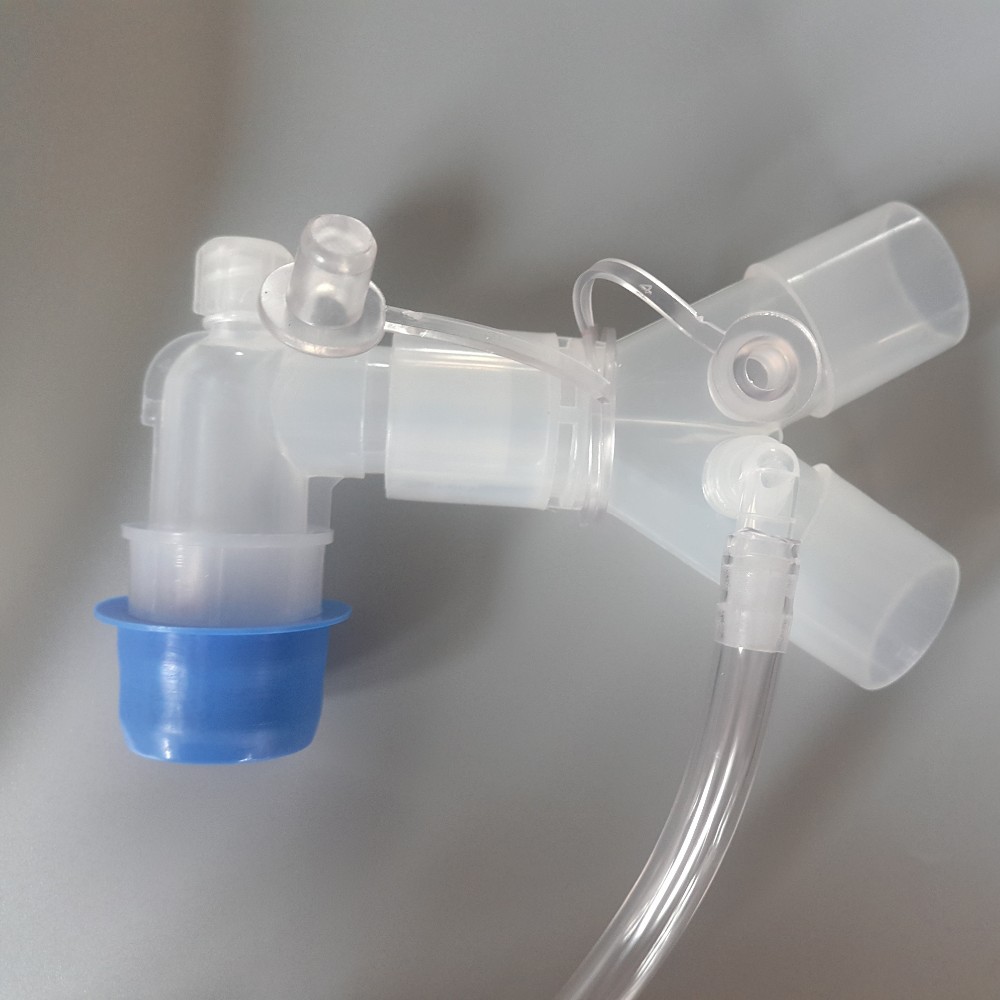

This information should be detailed on the Product Inventory Form. These can include household and commercial products containing volatile organic compounds (VOCs), petroleum products including fuel from gasoline-operated equipment, unvented space heaters and heating oil tanks, storage and/or recent use of petroleum-based finishes and paints or products containing petroleum distillates. This is important because even products stored in another area of a building can affect the air of the room being tested.įor example, when testing for a petroleum spill, all indoor sources of petroleum hydrocarbons should be scrutinized. This information is used to help formulate the indoor environment profile.Įach room on the floor of the building being tested and on lower floors, if possible, should be inspected and an inventory provided. However it is necessary to indicate that "20 bottles of perfume" or "12 cans of latex paint" were present with containers in good condition. For example, it is not necessary to provide detailed information for each individual container of like items. The primary objective of the product inventory is to identify potential air sampling interference by characterizing the occurrence and use of chemicals and products throughout the building, keeping in mind the goal of the investigation and site specific contaminants of concern. In addition, potential sources of chemicals of concern should be evaluated within the building by conducting a product inventory. The inspection information should be identified on the attached Indoor Air Quality Questionnaire and Building Characteristics form. The inspection should evaluate the type of structure, floor layout, physical conditions, and airflows of the building(s) being studied. GUIDANCEĪ pre-sampling inspection should be performed prior to each sampling event to identify conditions that may affect or interfere with the proposed testing.
The steps discussed include pre-sampling inspection and preparation of buildings, product inventories, and the collection and analysis of samples.

This document provides guidance for preparing sampling locations and collecting samples for laboratory analysis to ensure the integrity of the test results and allow for meaningful interpretation of the data. The purpose of this document is to outline the recommended procedure for testing indoor air for volatile chemicals. Study of Volatile Organic Chemicals in Air of Fuel Oil Heated Homes, a tabulated summary of concentrations for 69 volatile organic chemicals in indoor and outdoor air of fuel oil heated homes, is also available.Īir testing for specific chemical compounds is an investigative tool used to characterize the nature and extent of contaminants in air and to determine whether contaminant sources affect indoor air quality.
#CALCULATING PERSONAL BREATHING ZONE AIR SAMPLING PORTABLE#
Indoor Air Sampling and Analysis Guidance is available in Portable Document Format (PDF, 31KB, 8pg.).Indoor Air Sampling and Analysis Guidance All Health Care Professionals & Patient Safety.Clinical Guidelines, Standards & Quality of Care.Health & Safety in the Home, Workplace & Outdoors.Birth, Death, Marriage & Divorce Records.


 0 kommentar(er)
0 kommentar(er)
